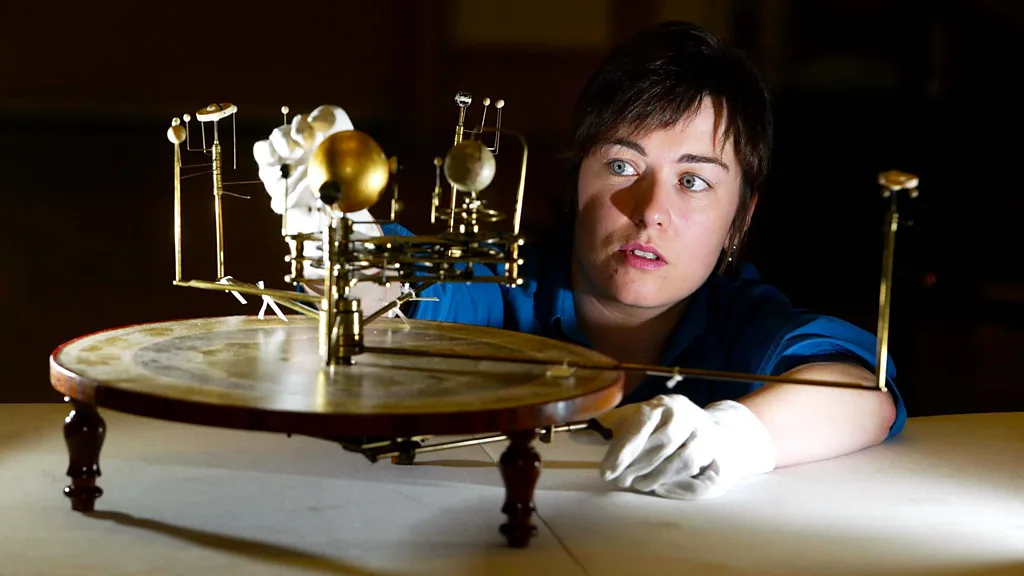How Often Does Leap Year Come Around? Unraveling the Mysteries of Time
Leap Year, that once-in-four-years quirk in our calendar, is more than just an extra day added to February. Its origins, the mathematical intricacies behind it, and its impact on seasons and traditions weave a fascinating tapestry of timekeeping.

The Historical Dance of Leap Year
Leap Year, a phenomenon that graces our calendars with an extra day, has a history intertwined with the ancient quest to synchronize earthly events with celestial occurrences. The concept was first formalized by Julius Caesar in the Julian calendar around 46 BCE, addressing the drift caused by Earth’s orbit taking approximately 365.25 days per year. However, even Caesar’s adjustments left room for error, and the calendar’s evolution continued.
The Gregorian calendar, introduced by Pope Gregory XIII in the late 16th century, refined the leap year rules further. Its intricate calculations aimed to align the calendar with the solar year, reducing drift to mere seconds. The need for precision arose from concerns about the timing of Easter, ensuring it stayed firmly in the spring season.
The Mathematical Marvel of Leap Year
The math involved in leap years is mind-boggling, with adjustments made not just every four years. If every four years was the rule, we’d be adding more than 44 minutes to our calendar. To counter this, a leap year is skipped if the year is divisible by 100 but not by 400. This complex rule accounts for the fact that Earth’s orbit is not a perfect 365.25 days but slightly less.
Nick Eakes, an astronomy educator, points out that the solar year is approximately 365.242 days. If it were precisely 365.25, the math would be simpler. The leap year rules, however convoluted, maintain a delicate balance, preventing our seasons from drifting and major events from falling out of sync.
Without Leap Year: A World of Seasonal Chaos
Younas Khan, a physics instructor at the University of Alabama at Birmingham, warns of a dystopian scenario without leap years. “Without the leap years, after a few hundred years we will have summer in November,” he cautions. The absence of leap years could lead to Christmas being celebrated in summer, devoid of the traditional snow and festive ambiance.
Leap Year Traditions and Quirks
Leap Day comes with its share of folklore and traditions, including the peculiar custom of women proposing marriage to men. Linked to European folklore dating back to fifth century Ireland, the tradition persists, albeit with a bite that reinforces gender roles. The leap year marriage game even found its way into advertising, with a 1916 ad suggesting girls propose to their fathers to open a savings account.
Leaplings, individuals born on February 29, experience a unique quirk in their birthdays. Shelley Dean, a leapling in Seattle, shares her experiences of celebrating an extra special birthday every four years. However, the paperwork hassle for leap babies, who need to choose between February 28 and March 1 for official documents, adds a practical dimension to the leap year quirk.
How Often is Leap Year Come Around? The Cosmic Ballet Continues
As 2024 brings us a leap year, it’s essential to understand the delicate dance of time that leap years choreograph. The once-every-four-years rule is just the surface of a nuanced system devised to keep our calendars in harmony with the cosmos. So, the next time you revel in the extra day of February, remember that it’s not just a mathematical anomaly; it’s a leap into the intricacies of our cosmic journey around the sun.

